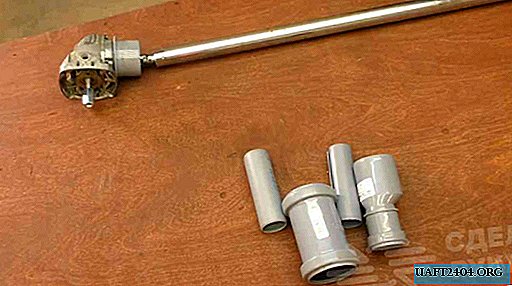- fabric for the basis of pockets (any dense, shape-keeping fabric),
- finishing fabric for pockets (several types),
- non-woven material such as sintepon (as an additional pad in the base of the pockets),
- sewing threads in fabric color,
- white lace 1.5 cm wide with a curly edge,
- felt of different colors (for application),
- glue "Crystal moment",
- decorative buttons, rhinestones and other trifles for decorating pockets,
- sewing machine,
- iron
- cut scissors,
- a ruler with a right angle,
- tailor's chalk,
- safety pins.
The standard size of the pockets is 25 * 65 cm.
Based on it, the calculation and cutting of the details of the pockets will be made.
It is recommended to print all fabrics before cutting.

From the prepared material, the basis for the pockets should be cut out - a rectangle of 53 * 70 cm in size. This blank must be folded in half along the front side inwards and sewed along the longitudinal sections with a seam 1 cm wide.

From the cushioning material, you need to cut out a rectangle measuring 25 * 66cm.

The seam connecting the longitudinal sections of the base of the pockets should be ironed by placing it in the middle of the part, as shown in the photo.

From above, on the base, lay a nonwoven fabric gasket, level with either transverse side, and lay the fastening stitch with a seam 1 cm wide.

After that, the detail of the base of the pockets must be turned out on the front side, straightened corners, ironed.

Then you should process the upper open edge of the pockets. To do this, it must be ironed 3 cm to the wrong side and then bent another 1 cm and laid a line - you will get a drawstring for hanging pockets. Just below the curtains you need to stitch lace.

From the finishing fabric you need to cut out pockets. In finished form they will be 19 * 24 cm.
In this case, the pockets will be two-color, and the green fabric, being a contrasting edging on the front side of the pocket, will also be its lining with the wrong side.
The size of the pink part of the pocket is 14 * 26.5 cm, the green is 28 * 26.5 cm.

Parts of the pocket should be sewn together with a seam 1 cm wide on the side with a length of 26.5 cm. The seam allowance should be ironed in the direction of the pink fabric, lace should be sewn over the seam of the sewing parts.

The prepared part of the pocket must be folded in half, face inward, and a line along the perimeter, leaving in one place an un sewn section for turning out.

The pocket must be turned out on the front side, straightened corners, ironed.

Ready, pocket must be sewn onto the base with a seam 1 mm wide from the edge. In the corners, you should definitely put in brackets 1.5 cm long - this will help the pocket not to come off during operation.

Similarly, 2 more pockets should be sewn, which then also need to be sewn onto the base. Under the second and third pockets, loops should be placed for fastening, and buttons should be sewn on the first and second.
The upper pocket can be re-stitched along in half - you get 2 small pockets.
Stitched pockets need to be ironed carefully.

As a decor of pockets, you can use felt applications based on cartoon characters. Ready-made felt applications are simply pasted onto pockets.

One more method of decoration can be multi-colored buttons, rhinestones, beads - everything that will make the pockets really bright, interesting, attractive for children. They can also be simply glued.
Pockets are ready!











